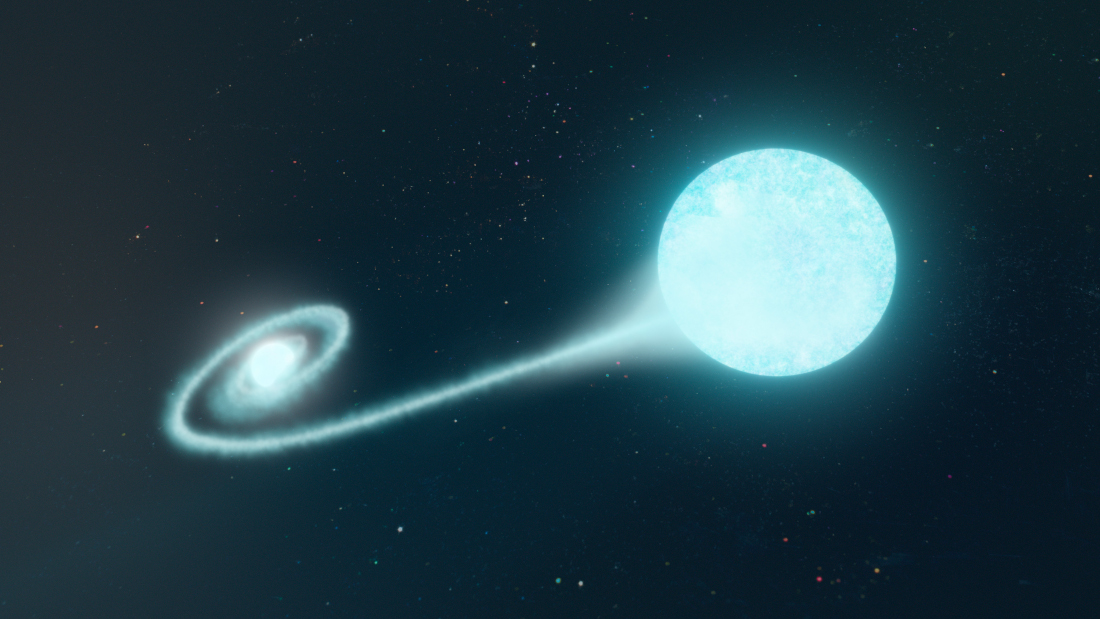(BIVN) – Astronomers say that for the first time, they have detected radio waves emitted by a Type Ia supernova.
Multiple observatories were involved in this study, published in journal Nature, including W. M. Keck Observatory on Maunakea.
From the W. M. Keck Observatory:
A team of astronomers led by Stockholm University has discovered an unusual Type Ia supernova – or thermonuclear supernova – called SN 2020eyj. Not only did they make the first detection of such a supernova in radio waves, follow-up observations from W. M. Keck Observatory on Maunakea, Hawaiʻi Island also showed strong emission lines of helium.
This marks the first confirmed Type Ia supernova triggered by a white dwarf star that pulled material from a companion star with an outer layer consisting primarily of helium; normally, in the rare cases where the material stripped from the outer layers of the donor star could be detected in spectra, this was mostly hydrogen.
Type Ia supernovae are important for astronomers since they are used to measure the expansion of the universe. However, the origin of these explosions has remained an open question. While it is established that the explosion is caused by a compact white dwarf star that somehow accretes too much matter from a companion star, the exact process and the nature of the progenitor is not known.
The new discovery of supernova SN 2020eyj is evidence the companion star was a helium star that had lost much of its material just prior to the explosion of the white dwarf.
The study, which includes data from Keck Observatory’s Low Resolution Imaging Spectrometer (LRIS), is published in today’s issue of the journal Nature.
“Once we saw the signatures of strong interaction with the material from the companion, we tried to also detect it in radio emission,” says Erik Kool, a postdoc at Stockholm University’s Department of Astronomy and lead author of the paper. “The detection in radio is the first one of a Type Ia supernova – something astronomers have tried to do for decades.”
Supernova 2020eyj was first spotted by the Zwicky Transient Facility at Palomar Observatory near San Diego where the Oskar Klein Centre at Stockholm University are members.
“The Nordic Optical Telescope on La Palma was fundamental for following up this supernova,” says Jesper Sollerman, a professor at Stockholm University’s Department of Astronomy and co-author of the paper. “As were spectra from the large Keck telescope in Hawaiʻi that immediately revealed the very unusual helium-dominated material around the exploded star.”
“This is clearly a very unusual Type Ia supernova, but still related to the ones we use to measure the expansion of the universe,” adds co-author Joel Johansson from the Department of Physics at Stockholm University. “While normal Type Ia supernovae appear to always explode with the same brightness, this supernova tells us that there are many different pathways to a white dwarf star explosion.”


by Big Island Video News7:07 am
on at
STORY SUMMARY
MAUNAKEA, Hawaiʻi - For the first time, astronomers have detected radio waves emitted by a Type Ia supernova.